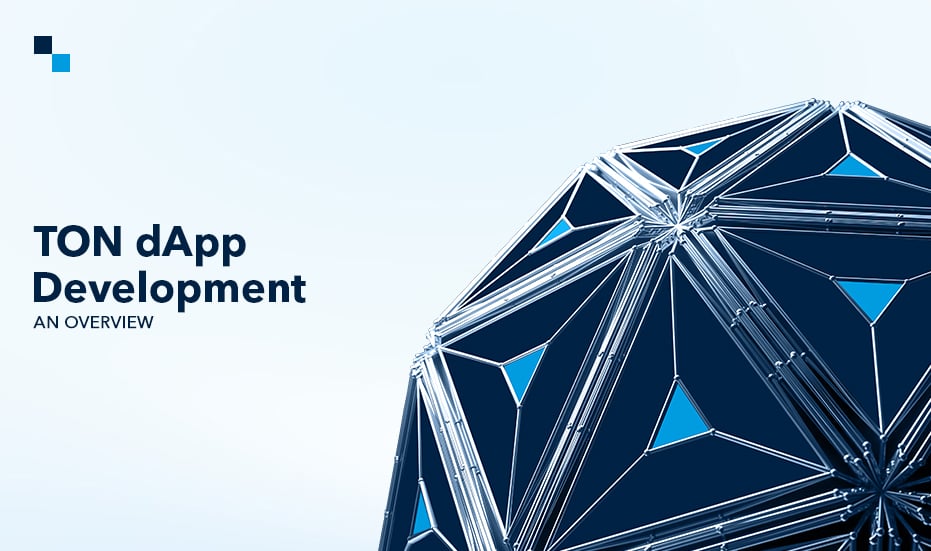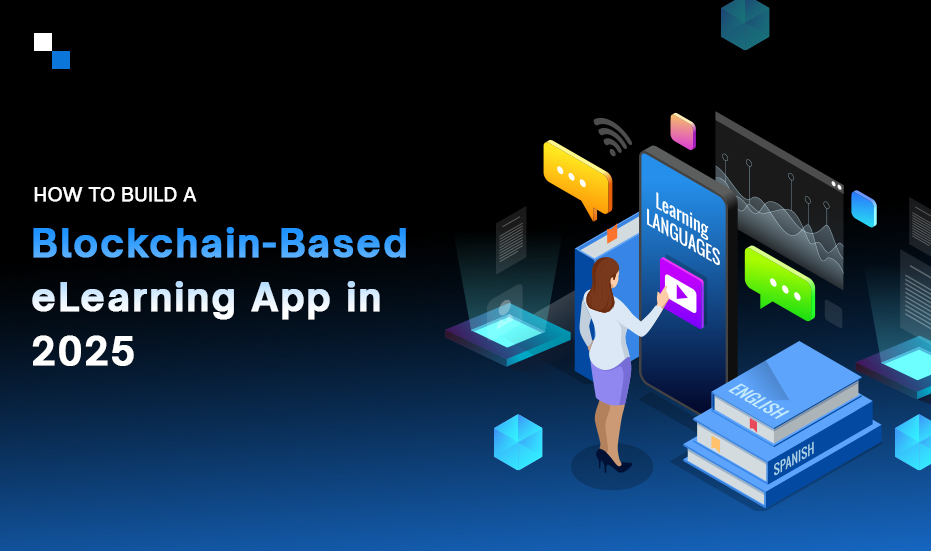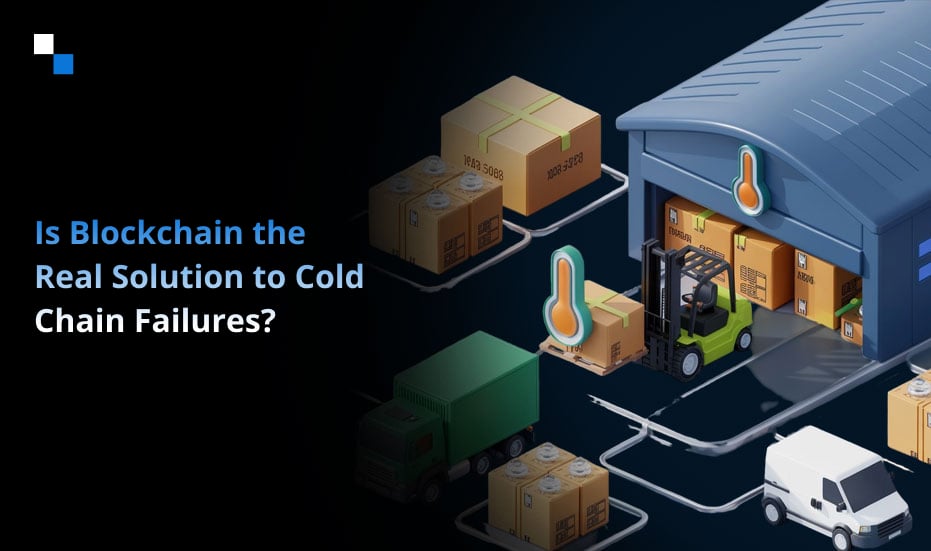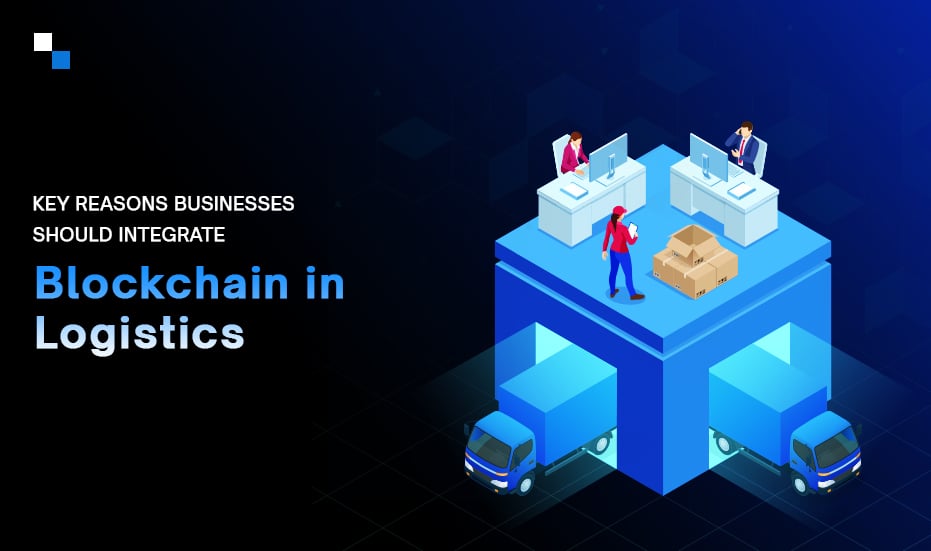TON has gained more visibility and adoption since Animoca Brands introduced its decentralized gaming platform on the blockchain in 2023. The decision to use TON over other platforms was driven by its ability to handle millions of microtransactions per second with minimal fees. This momentum has sparked more investments from blockchain investors worldwide who see the platform’s growing potential for decentralized applications.
For enterprises seeking to implement dApps, partnering with a TON Blockchain development company can provide the technical expertise needed to navigate this ecosystem effectively. But before moving further, it’s crucial to understand prominent aspects surrounding TON dApp development.
What is TON Blockchain?
TON(The Open Network) blockchain was initially launched by Telegram to create a decentralized, fast, and secure ecosystem for its massive user base. While Telegram eventually parted ways with the project due to regulatory challenges, the open-source nature of TON allowed a community of developers to continue its development. TON’s architecture consists of three main layers:
- Masterchain: The foundation of the network, responsible for maintaining consensus and validating transactions.
- Workchains: Independent blockchains that can be created and customized for specific use cases.
- Shardchains: Horizontal scaling solutions that can be added to workchains to increase transaction capacity.
TON’s consensus mechanism is based on a combination of Proof-of-Work and Proof-of-Stake. Validators, who stake their tokens to participate in the network, compete to create new blocks. The winner is determined based on a combination of computational power and stake size.
Why TON is an Ideal Platform for dApps Development?
Here are the key reasons why TON Blockchain stands out as an ideal platform for dApp development:
-
Scalability with Dynamic Sharding
One of the biggest challenges in dApp development is scalability. As user demand increases, traditional blockchains like Ethereum often face congestion. This is where TON DApp Development truly shines. TON Blockchain leverages dynamic sharding, a mechanism that splits the network into smaller chains to process transactions simultaneously. This allows TON to handle millions of transactions per second and makes it one of the most scalable platforms for dApps.
-
Low Transaction Costs
High transaction fees can cripple dApp adoption for applications that require frequent microtransactions. With TON Blockchain, transaction costs are significantly lower as compared to other leading blockchains. This makes TON an attractive option for businesses that want to build cost-effective applications without compromising on performance. This affordability is one of the primary reasons why companies are increasingly turning to TON blockchain development for their dApp projects.
-
High-Speed Transactions
TON is an ideal platform for any application where speed is a critical factor. TON Blockchain processes transactions in real-time and offers significantly faster confirmation times compared to many other platforms. For instance, in decentralized gaming or high-frequency trading applications, any delay can impact user experience or financial outcomes. The TON Blockchain ensures that businesses can develop dApps that require immediate response times.
-
Security and Reliability
TON’s smart contract framework ensures that agreements and business logic are securely executed on the blockchain. The immutability of smart contracts on TON provides trust and transparency between all parties involved which minimizes the risk of fraud or unauthorized changes. It comes with robust security features, including a BFT(Byzantine Fault Tolerant) consensus mechanism and strong cryptographic protocols that ensure transaction integrity.
-
Interoperability and Ecosystem Integration
As businesses and developers increasingly adopt multi-chain strategies, the ability to seamlessly interact with other blockchains becomes essential. TON Blockchain is designed with cross-chain compatibility in mind that enables easy integration with other decentralized networks. This interoperability allows dApps to benefit from the unique features of multiple blockchains while giving businesses more flexibility in designing their applications.
-
User-Friendly Ecosystem
While many blockchains are highly technical and complex, TON Blockchain was designed with user accessibility in mind. The user-friendly infrastructure enables quicker deployment with easy-to-use development tools and APIs that allow developers to build and deploy dApps more efficiently. Furthermore, TON’s integration with Telegram’s vast user base offers businesses a unique opportunity to tap into an existing ecosystem of millions of users.

Key Steps to Building dApps on TON Blockchain
Step 1: Define the Purpose of Your dApp
Before diving into development, it’s essential to outline the specific problem your dApp will solve. Whether it’s in finance, gaming, supply chain, or social media, understanding your app’s value proposition helps in the planning and design process.
Step 2: Choose the Right Development Tools
TON Blockchain offers various tools and frameworks for dApp creation. Some popular ones include:
- TON SDK: Provides the necessary tools for developers to interact with TON’s blockchain and smart contracts.
- FunC Programming Language: TON uses FunC language for smart contract development.
- TON OS: A specialized operating system that simplifies interactions with the TON Blockchain.
It’s advisable to consult a TON Blockchain development company to select the most suitable tools for your specific requirements.
Step 3: Develop Smart Contracts
Smart contracts lie at the core of any dApp. TON Blockchain supports the creation of smart contracts through its native language FunC. A crucial aspect of smart contract development on TON is testing. Using TON’s Testnet, developers can simulate real-world conditions, identify issues, and optimize the contract before deploying it on the mainnet.
Step 4: Work on User Interface and Experience Design
Even though dApps operate on decentralized principles, the user interface should remain intuitive and user-friendly. Create a detailed architecture diagram outlining the components, interactions, and data flow within your application. Develop a user interface using HTML, CSS, and JavaScript to interact with your smart contracts.
Step 5: Test and Deploy your dApp
Thoroughly test your dApp to identify and fix any bugs or errors. Once your dApp is built and thoroughly tested, it’s time to deploy it on the TON mainnet. Continuous monitoring is essential post-deployment, as blockchain technologies evolve rapidly. Regular updates and performance checks ensure your dApp remains functional and efficient.
Conclusion
TON Blockchain offers a robust environment for developing and deploying dApps that are scalable, secure, and cost-effective. Whether you’re willing to build decentralized finance solutions, gaming platforms, or enterprise-level applications, hiring with a TON Blockchain development company like Antier will ensure that your dApp is built on strong technical foundations.





